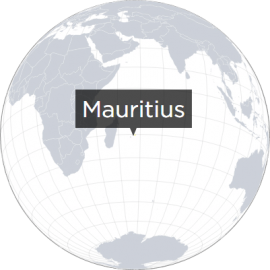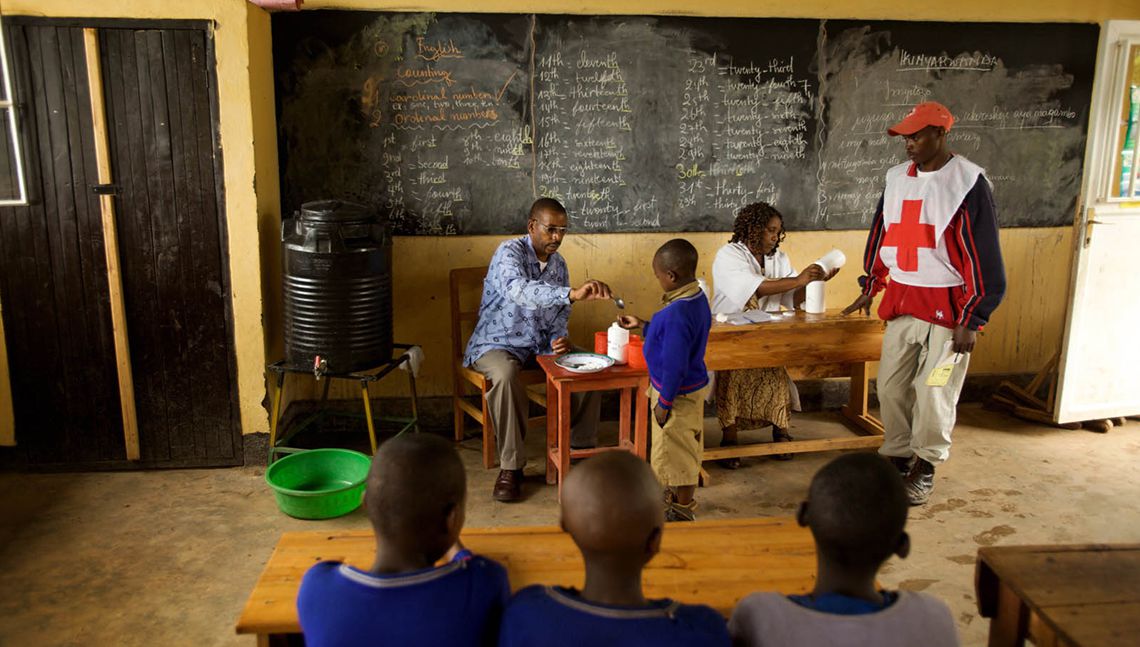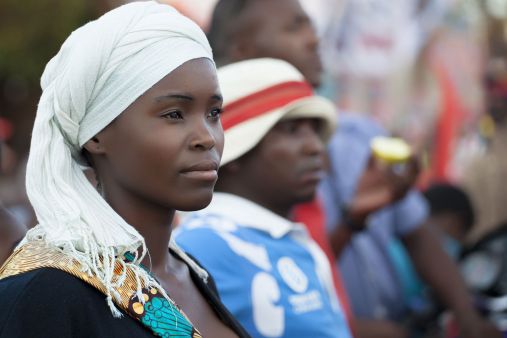If aid is not playing the central role, the question remains: what is driving the convergence that we have observed? Within the bottom half of countries by GDP per capita, the level of expenditure on health varies. We find that for a given level of national income, health expenditure as a percentage of GDP correlates with performance on the Health pillar. Honduras (107th), for example, spends more money (as a proportion of GDP) on health than the average for these less-wealthy countries, and in turn has a much higher score in the Health pillar than one would expect.
We also see that where government administrations are more effective, education is stronger. Among the countries in the lower half of GDP rankings, government investment in education varies significantly, from 1.2% to 11.3% of GDP. For a given level of national income, education expenditure (as a percentage of GDP) positively correlates with a higher education score within the Index – more strongly than for health.
In many successfully developing countries, such as Botswana (76th), there has been deliberate engagement in exercising governance over the education system, even in an environment where aid funds were available. A further example of government engagement with the education system having a tangible impact is that of Lesotho (133rd), which has a relatively high education expenditure at 11.3%, and has an education score higher than would be expected for its low GDP per capita. In a similar vein, but at the other end of the spectrum, the Central African Republic (165th) spends only 1.29% of GDP on education, and is among the weakest countries at each stage of the education system.
These examples illustrate the broader pattern we have observed that stronger institutions are associated with better living conditions, health and education. At a national level, the relationship between institutions and people’s lived experience is stronger than either ODA or GDP per capita.






